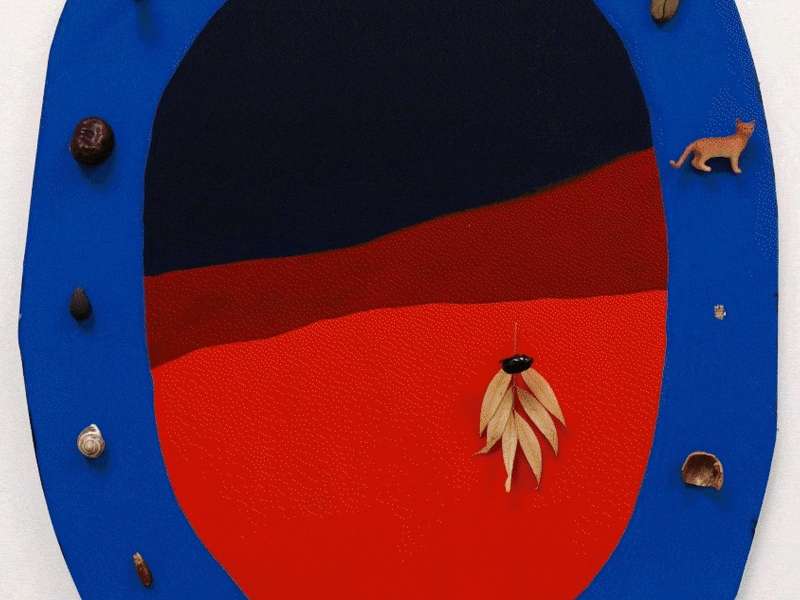
Ana Escobar Saavedra, the cyclical nature of time
Ana Escobar Saavedra’s first solo exhibition, It Starts Where It Ends, delves into the tensions between identity, memory, and materiality. Through installations and sculpted objects, the artist reflects on the boundary between being and appearing, permanence and transience.
阅读更多
